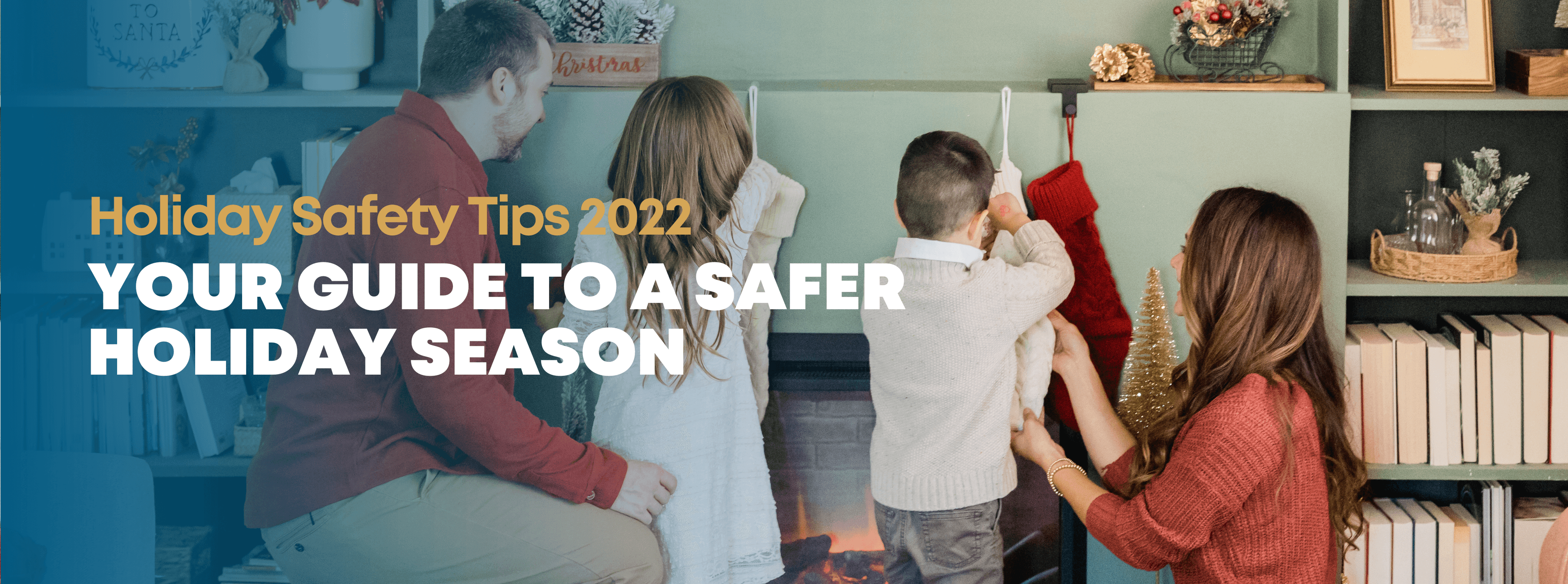Thanksgiving is just around the corner! It is a perfect time to start planning your dinner. Whether you are cooking a turkey, bringing a side dish, or stocking up on leftovers, here is everything you need to know about planning your courses and reducing risk of food borne illness!
Planning Thanksgiving Meal: Traditional Dishes and Substitutions
A Typical Thanksgiving Dinner
Every family has their own Thanksgiving Dinner traditions, from jello molds and ambrosia salad, to those recipes handed down for generations. No matter how you plan to make the day unique, there are a few standard dishes that appear on most holiday tables.

- Turkey: The roast turkey is the classic main dish for Thanksgiving feasts, but they can sell out fast. If you are planning a turkey, contact your local grocery and reserve one ahead of time. Also don't forget to get a headcount so you know what size you need to feed family and friends.
- Cranberry Sauce: Whether your cranberry sauce comes in a can or is homemade, this dish adds color and flavor to any Thanksgiving table. Try adding orange to the sauce for a little extra zest!
- Stuffing: Some traditional cooking methods call for stuffing to be made inside the turkey. But if not cooked properly this can cause health risks from salmonella. Cooking stuffing separately in an oven-safe dish reduces risk and is just as tasty.
- Vegetables: Roasted and baked root vegetables such as potatoes, parsnips, and carrots, are an essential fall dish. Mix them together with squash or have them on the side to bring variety to your meal.
- Sweet Potato Marshmallow Casserole: Marshmallows may make this dish seem more like a dessert than a main course, but sweet potato marshmallow casserole is a staple of many Thanksgiving dinners. Simply roast some sweet potatoes, mash them, add some butter, cinnamon, and brown sugar, top with marshmallows, then stick them back in the oven until the marshmallows are browned on top!
- Pie: Pumpkin or pecan pie are the star desserts of a traditional Thanksgiving meal. Make sure to stock up on whipped cream or ice cream as a tasty pie topper.
Alternatives to Turkey
If you're thinking out of box and want to prepare something different for your holiday meal, try substituting one of these tasty entrées for your turkey course.

- Roasted Duck or Chicken: If you are feeding a smaller group, a duck or chicken can be a great alternative to turkey. These take less time to prepare and make fantastic roasts.
- Ham: A baked ham has all the warm and rich flavors you expect in a Thanksgiving spread. It's equally as fun to carve table-side, and slices of leftover ham make excellent sandwiches.
- Stuffed Squash: For a vegetarian alternative, a stuffed squash is packed with flavor and warms you up on a cold November day. Roast the squash and stuff it with your favorite ingredients, like apple, cranberry, and vegetables!
- Roasted Cauliflower: Cauliflower is a great vehicle for sauce and spices. Cut a whole cauliflower into thick stripes and roast with your favorite spice blend for a filling and savory main course.
Thanksgiving Dinner Leftovers: Health and Safety Tips
Thanksgiving Dinner also means large quantities of leftovers! These dishes can be warmed up again for a repeat of your traditional meal, or stacked into a tasty sandwich for an easy lunch. However, it's important to handle leftovers properly to reduce risk of food borne illnesses.
The Best Ways to Store Leftovers

The first step to food storage is to determine what you want to keep on hand, and what to freeze. Separate out what you think you will get through in a few days and freeze the rest. When freezing, don't forget to write the date on the packaging so you can keep track.
Once you have determined what to refrigerate and what to freeze, follow these tips for proper storage.
- Check to make sure your refrigerator is set to 40° F or below, and your freezer to 0° F. Consider using an appliance thermometer to make sure temperature settings are working correctly.
- Cover and tightly seal food to reduce excess moisture. Using small, airtight containers, can help food cold down and reheat more evenly, and make it easier to pull out just what is needed.
- Slice meat and wrap it in freezer paper or foil, then seal in plastic freezer bags (make sure to press out all the air before sealing).
- When freezing liquids like gravy, leave a little space at the top of the container to allow for expansion when the liquid freezes.
- Let items cool before placing in the fridge to avoid temperature fluctuations.
- Avoid overpacking refrigerator and blocking air vents.
Shelf Life of Thanksgiving Leftovers
Safe storage time for food varies depending on the food type, operation of refrigerator/freezer, and packaging. When unsure how long something will last, however, it's better to underestimate. A good rule of thumb is no more than 4 days in the refrigerator and 3 to 4 months in the freezer. Food in the freezer may keep longer, but after a few months the quality can decrease.
If you notice a change in protein color, ice crystals, or bad odor when unpacking food, throw away immediately. When it comes to the health of you and your family, prioritize safety and caution over one more Thanksgiving leftover meal!
These Thanksgiving Dinner tips will help you plan the holiday and enjoy it with peace of mind. Whether you are cooking, traveling, or having a virtual gathering this year, we wish you a Happy Thanksgiving and wonderful holiday season!
Get the Latest Insights!
Sign up to stay up to date with latest tips, trends and updates from WIN.












